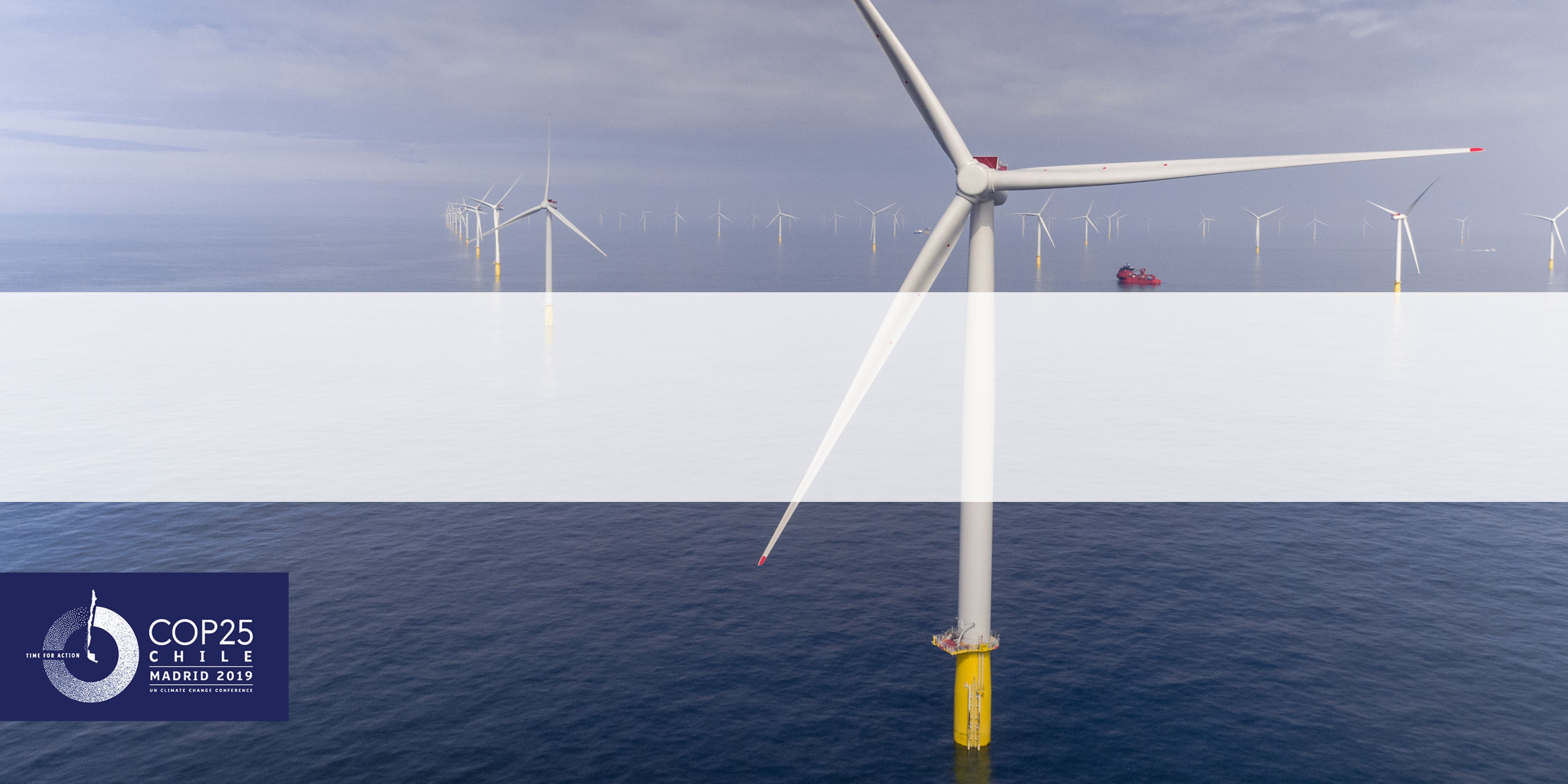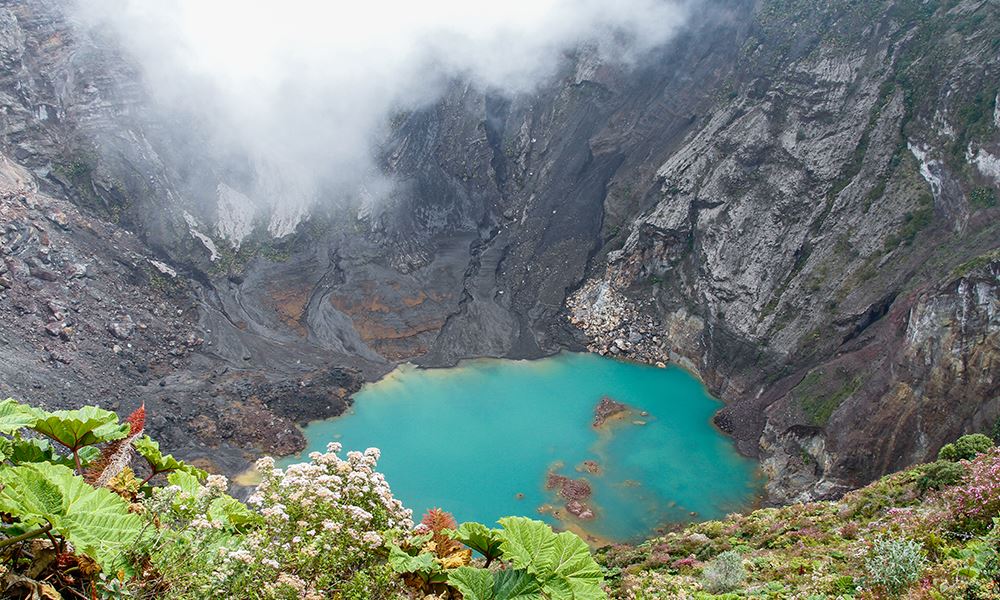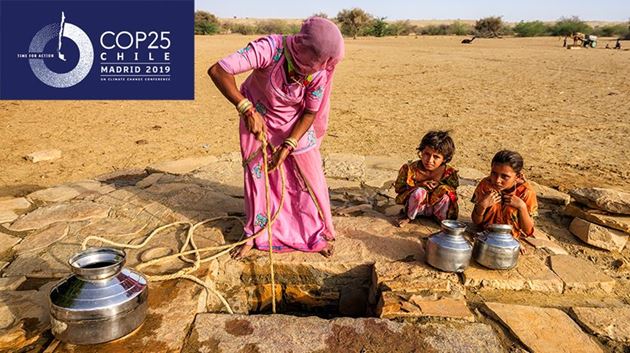
Find out what are the greenest countries in the world!
COP25
Madrid / 10 December 2019
If we had written a list of countries committed to the environment 30 years ago, the results would have been devastating. Coal, gas and oil were kings, and renewable energies were still in their infancy. There is still a long way to go, but giant strides have been made in recent years, particularly for some countries that are almost entirely supplied by clean energy or that have made investing in renewables their main priority. These are the champions in the fight against climate change.
On August 21 1969, following a ceaseless three year search, Norway struck oil in the North Sea. Few could imagine then that it would become its life insurance. The sovereign oil fund was created in 1990 and served as a piggy bank where the bulk of crude oil revenues were deposited, which in turn ensured Norwegian pensions. The largest sovereign fund in the world, with one billion euros (almost 200,000 euros for each Norwegian), its investment decisions are governed by, among other things, environmental criteria.
For that reason it ended its investment in coal-producing companies in 2016, and recently announced it would sell all its stakes in oil companies. These decisions were also taken because of the lower profitability expected from the fossil fuel sector, although some criticize the double standard involved in exporting oil while at the same time boasting that the money generated from these sales is not invested in oil companies.
Nonetheless, the fact that sustainability is one of Norway’s main investment criteria is a clear sign of its commitment to the environment. One of many. In 2013, six out of every 100 cars sold in the country were electric, whereas in 2018 that figure stood at 46. Norway is followed by a significant margin by another two great defenders of the environment: Iceland with 17% of the total, and Sweden with 8%. The Norwegian authorities have set themselves the official target of ensuring that no polluting vehicle will be sold in the country by 2025.
Thanks to its mountainous landscape, Norway also has among the greatest presence of renewable energy in the world. Specifically, 98% of the energy it produces is clean, mainly from hydropower. Other energy sources such as wind and geothermal power are growing, aimed mainly at exports.

When it comes to making the best use of a country's natural conditions to produce renewable energy, one of the best examples is another Nordic country: Iceland. Surrounded by volcanoes may be uncomfortable, but it also has its upside: 90% of the 360,000 population on the island heat their houses with geothermal energy which, in a country where temperatures remain below zero for most of the year, is a great advantage and means considerable savings.
Three quarters of the country's energy production is geothermal and the rest hydropower, so practically 100% is renewable. And if we consider that by 2030 the sale of polluting cars will be prohibited, practically the only emitters of CO2 (apart from the country's cattle) will be the fishing fleet, which is essential for the Icelandic economy and which has also significantly reduced its carbon footprint. But the benefits to Iceland of using renewables go much further: companies such as aluminum producers that consume large amounts of energy and want to reduce their carbon emissions and energy bills have opted to move to Iceland.

Costa Rica decided over 70 years ago not to have an army, and is known for being an oasis of peace in a region marked by violence and military coups. For the last few years Costa Rica has also been gaining a reputation in the fight against climate change. The country has made use of its geography – almost 70 volcanoes, mountains and an abundance of water – to produce geothermal and hydropower, and has also invested in wind and solar energy to ensure that 95% of its electricity production is from renewable sources. The aim is to reach 100% by 2021.
And on the same continent, another small South American country is worth recognizing for its efforts to reduce CO2 emissions.
Thanks to an effective policy and to the investment efforts of the private sector, practically 100% of the energy consumed by Uruguay comes from renewable sources, namely wind and solar.
Although it still has some way to go, it has made gargantuan efforts to move forward in the fight against climate change, and this is particularly important because its effect on the health of the planet is greater than that of most countries. This is China, the world's number-one emitter of CO2, but also the country that is investing most in clean energy. In 2018 it had almost 700 GW of installed renewable energy, 80 GW more than the previous year; and it aims to produce one third of its energy from renewable sources by 2030. What's more, the country has the largest stock of electric vehicles in the world: 2.3 million in 2018 alone, which is barely 5% of the total car sales in the country but almost double the figure one year earlier.
The list of countries that have made the most progress in protecting the environment must also include two of the great leaders in wind power. Denmark and the United Kingdom have made good use of the environment to bring renewable energies to the fore. Thanks to their wind farms in the North Sea – one of the windiest areas on the planet – these two countries have surged ahead in the fight against climate change. Almost half the energy consumed in Denmark is produced by wind turbines, while a historic milestone was recently passed in the United Kingdom: for the first time, a greater proportion of its electricity was produced from renewable energy than from fossil fuel sources, above all thanks to the increasing importance of the wind power sector.
Two other European countries that have made great strides forward in decarbonization through wind power are Germany and Spain. The two together account for almost half the installed wind power in Europe. And this capacity is set to increase in the coming years in order to achieve their ambitious emissions reduction targets.
But the list of countries implementing actions against climate change does not stop here. The outlook today is far more promising that some years ago: fossil fuels are being sidelined and renewable sources are advancing at a significant rate. This is not only a question of protecting the environment. Countries have understood that this is the route towards sustained economic growth, job creation and well-being. Do we need any more reasons to be green?



